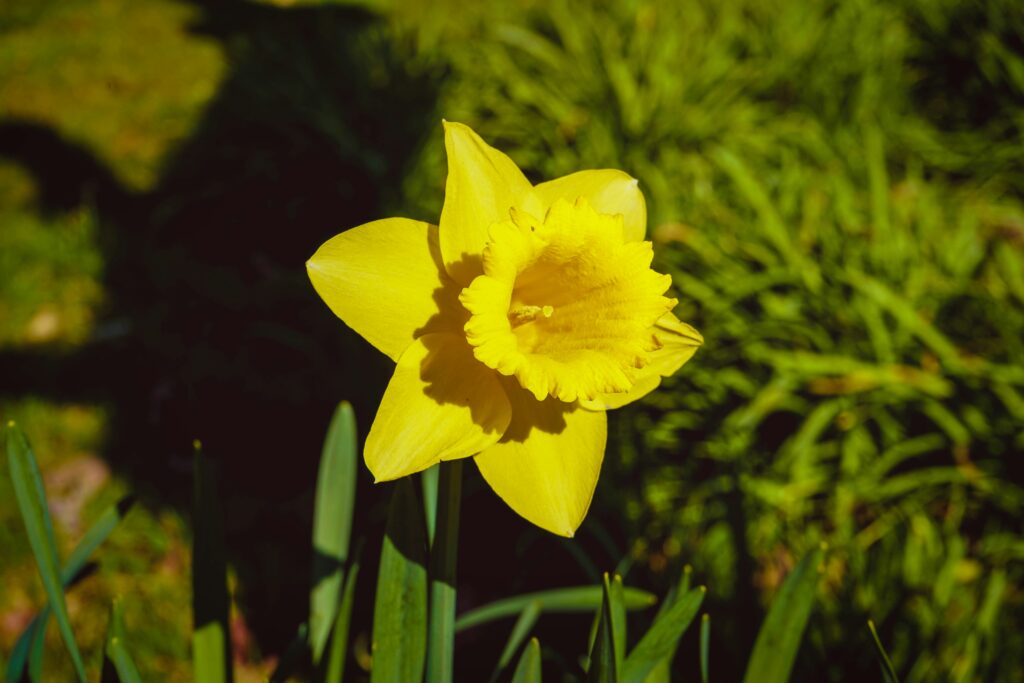Jonathan Brooks-Jones discovers a neglected Welsh artist
The 20th century Welsh landscape painter Charles Wyatt Warren is to be celebrated in an exhibition at Panter and Hall gallery in London in September. It will be the first West End exhibition of this important and until recently, neglected Welsh artist.
Painting the Snowdonian landscape during the 20th Century, Wyatt Warren was a contemporary of the more famous Sir Kyffin Williams – the artist credited with developing and establishing what has become a distinctive north Wales style. Wyatt Warren’s development followed that of Williams, beginning in the 1950s with a solid traditional brushstroke, gradually moving in the seventies and eighties towards the sculpted, palette knife impastos that made Kyffin Williams famous.
It would be easy but unfair to pass Wyatt Warren off as an acolyte or copyist of Kyffin Williams. Instead he is best viewed as a contemporary colleague in sculpting what has become a north Wales artistic signature. His earlier works are more classical in feel, often featuring silver birch trees, shamelessly included to demonstrate his technical ability with paint.
Born in Caernarfon in 1908, Wyatt Warren attended the local grammar school before completing external studies through London University. He went on to enjoy a successful career in the Finance department at Caernarfon County Council, painting in his spare time. Largely self-taught, Wyatt Warren began painting at home as a hobby, selling his work in local galleries and cafes for only £10-15 a piece.
Given his place in relation to Williams it is perhaps not too surprising that there is such little information about him on the internet. A Google search yields very few results containing information about his life or work. His name appears in compendiums of Welsh artists, but there is very little else besides. This scarcity of information belies the growing interest in his work. Ironically, Kyffin Williams’ fame – which once eclipsed Wyatt Warren’s work – is now helping drive an interest in his paintings. As price tags attached to Williams’ work grow increasingly expensive, those wishing to collect 20th Century Welsh art are having to look elsewhere.
Wyatt Warren may well be the perfect candidate for these collectors. Not only was he a contemporary of Kyffin Williams, but he was highly prolific, producing 20-40 pictures each year and notching up over fifty solo shows in his lifetime, mainly in the UK but also in the US and Canada. His rich impasto oils have been shown at the National Eisteddfod, the Royal Cambrian Academy, the Denbighshire Art Society and the Royal Institute of Oil Painters. He had a solo show at the London Welsh Association in 1960. Work was commissioned from him by the North Atlantic Treaty Organisation (NATO) in Brussels and University College of North Wales, Bangor.
Wyatt Warren had a somewhat smoother application with the palette knife than Kyffin. Many of his paintings, especially from his later period, seem to evoke the distortive effect of rain against the window, something he’d be no stranger to living and working in northern Wales.
Wyatt Warren also had a keen interest in public life, contributing papers to the Gwynedd Archives which documented Royal Visits to Wales, including papers relating to the investiture of two Princes of Wales (Edward and Charles). A keen supporter of the arts in north Wales, he was a founding member and secretary of the North Wales Group, a member of the Caernarfon Art Group and the Paddington Art Society. He was also a founder member of the Caernarfon School of Welsh Landscape Painters.
Do you have any information about Charles Wyatt Warren? Both the gallery and the author would be glad to know more about him. If anyone knew him, has any information about him, or owns any of his paintings please get in touch using the comments form below.








Comments are closed.